Navigating the complexities of operating semi-trailers, particularly in scenarios such as coasting downhill, is a vital concern for drivers and fleet operators alike. This detailed examination explores the physics involved, potential hazards, and effective strategies to maintain safety and control during downhill journeys.
The Physics of Coasting Downhill: An In-Depth Analysis
When a semi-trailer is coasting downhill, various forces come into play. Firstly, it is essential to understand the gravitational force acting on the vehicle, which propels it forward. As the angle of descent increases, the gravitational pull intensifies, causing an increase in speed if not appropriately controlled.
1. Forces Acting on a Semi-Trailer
Gravitational Force: The weight of the semi-trailer, combined with the slope of the hill, generates a downhill force directly proportional to the gradient. The steeper the incline, the greater the gravitational influence.
Frictional Force: This force acts in the opposite direction to the motion. It slows down the trailer and is influenced by both the road surface and the condition of the tires.
Air Resistance: As the vehicle speeds up, so does the air resistance working to slow it down—the faster the semi-trailer moves, the greater the air resistance encountered.

2. The Balance of Forces
Considering these forces, the semi-trailer continues to gain momentum unless countered by applied braking forces. The challenge for drivers lies in achieving this balance:
Controlled Descent: Drivers must apply brakes judiciously to maintain a safe speed without overworking the braking system.
Load Distribution: Uneven load distribution can cause instability, leading to the potential for jackknifing or tipping, significantly enhancing the risk during a downhill travel.
Identifying Hazards While Coasting Downhill
Awareness of potential hazards is crucial to mitigating risks associated with coasting downhill. Below are common risks and recommended preventive measures:
1. Speed Management
As the trailer begins to gain speed, it becomes crucial for drivers to manage that speed effectively. Overlooked adjustments can lead to dangerous situations:
Engine Braking: Utilizing engine braking can help maintain control without overstressing the brake system. It is essential for the driver to understand how to downshift correctly.
Retarders: These additional braking systems can significantly aid in controlling speed. Investing in semi-trailers equipped with such systems can make downhill navigation safer.

2. Weather Conditions
Variable Weather: Wet, icy, or snowy conditions drastically affect traction. Drivers must remain vigilant, adjusting their driving strategies based on the current weather.
Road Surface: Pavement type can influence the effectiveness of braking and traction. Drivers should be aware of road conditions and adjust their speed and braking distances accordingly.
Effective Strategies for Managing Downhill Coasting
To ensure a safe descent when coasting downhill, drivers should employ several strategies that focus on both preventive measures and emergency responses.
1. Pre-Trip Inspections
Pre-trip inspections cannot be overstated in importance. Before embarking on a journey, drivers should perform the following checks:
| Component | Inspection Focus | Importance |
|---|---|---|
| Braking System | Functionality and responsiveness | Ensures reliable stopping power |
| Tires | Tread depth and pressure | Guarantees adequate traction and stability |
| Load Distribution | Even distribution | Minimizes risk of tipping or swaying |
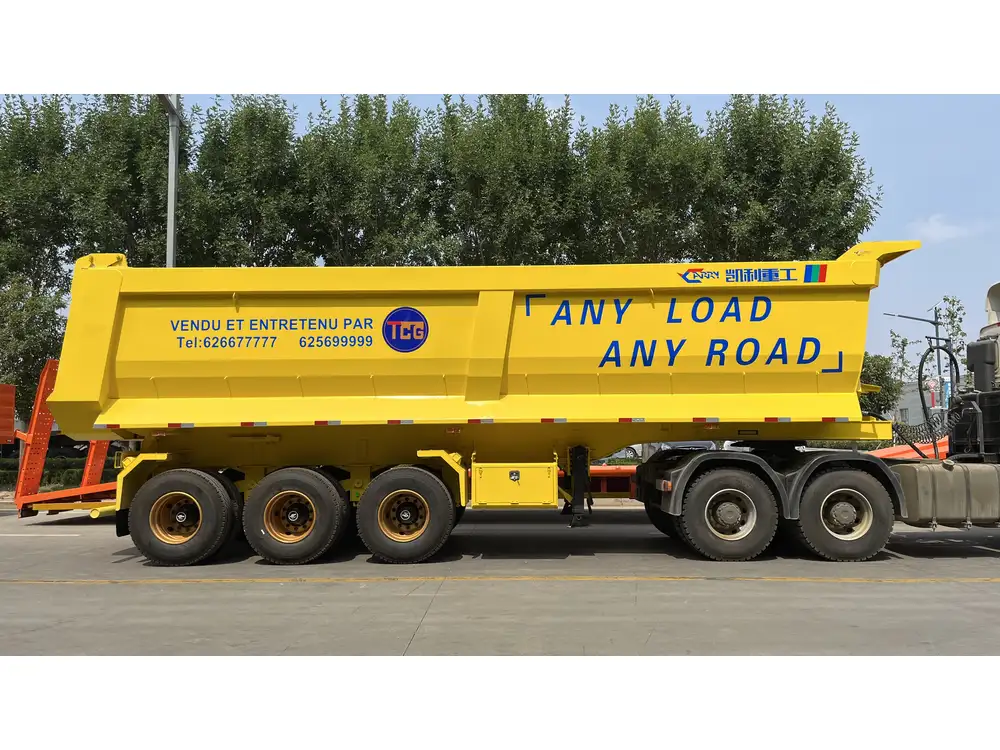
2. Maintaining Safe Speed
Maintaining optimal speed is paramount for safety. Guidelines include:
Calculate Safe Speed: Utilize charts or GPS systems designed to calculate appropriate speeds based on road grades.
Avoid Sudden Movements: Gently apply brakes and steer to prevent losing control.
3. Responding to Emergencies
In the event of an unexpected situation, such as a brake failure, drivers should be prepared to implement emergency procedures:
Escape Ramps: Understanding the location of emergency escape ramps can provide a secure option in severe circumstances.
Deploying Sand Bags: If descending a steep hill and losing control, deploying sand or gravel can provide additional friction and help slow down the semi-trailer.
Understanding Load Dynamics and Weight Distribution
Weight distribution plays a critical role in how a semi-trailer behaves, especially when coasting downhill. Imbalances can lead to severe safety risks.
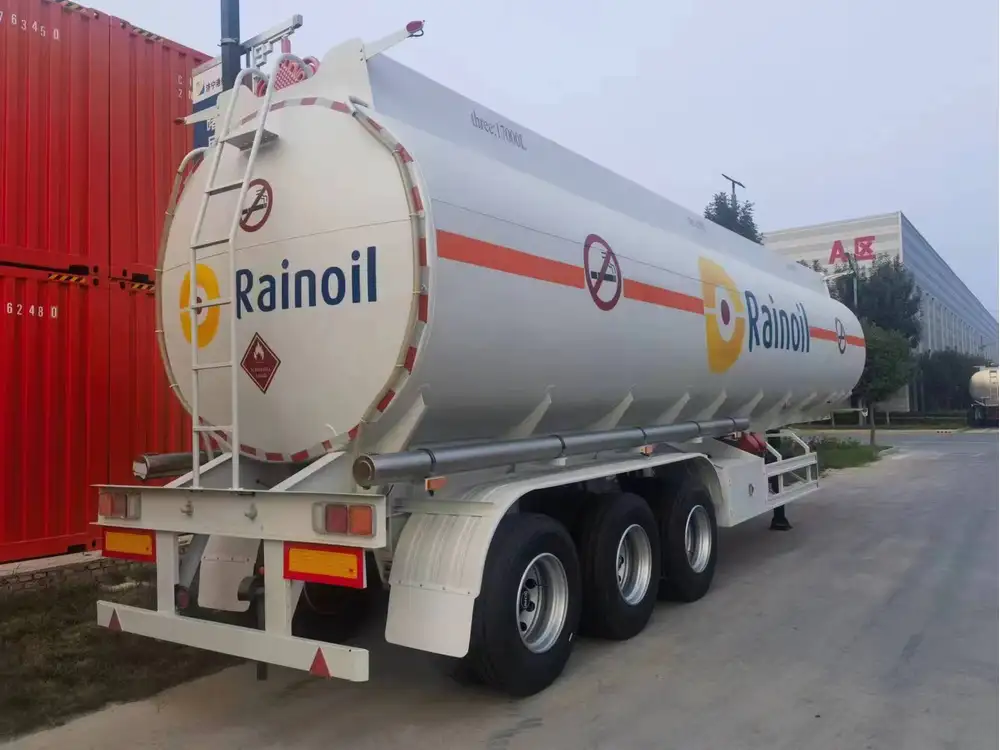
1. Risk of Jackknifing
Jackknifing occurs when the trailer swings out to one side, creating a risk of collision or rollover.
- Preventive Measures: Ensuring even weight distribution and using proper loading techniques can significantly reduce the risk of jackknifing.
2. Importance of Load Securement
Properly securing loads is essential:
Tie-downs and Straps: Utilize suitable tie-downs to ensure cargo does not shift during travel, particularly on downhill slopes.
Load Limits: Understanding and adhering to weight limits can help maintain vehicle stability.
Maintenance Practices for Safety on Downhill Travels
While driver skills are crucial, regular maintenance of the semi-trailer cannot be overlooked. Here are maintenance tips essential for downhill performance:
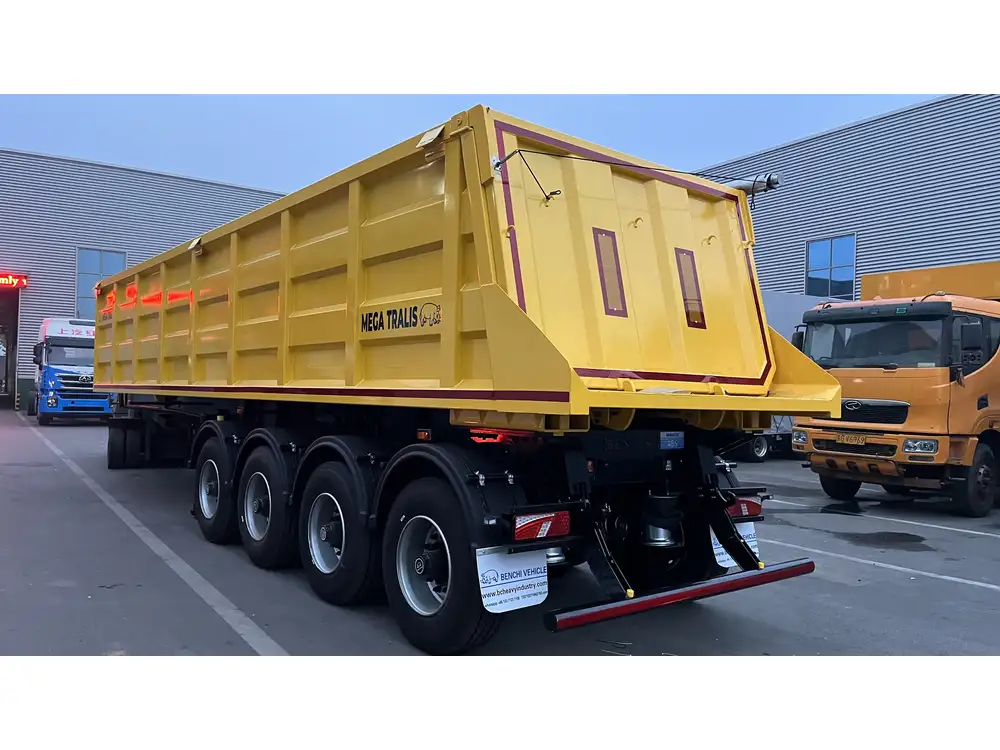
1. Brake System Maintenance
A well-maintained braking system is the cornerstone of safety during descents.
Inspection Frequency: Regular brake inspections, at least once per month, should be standard practice.
Brake Pads and Linings: Monitor the wear of brake pads and replace them timely to maintain braking efficiency.
2. Tire Health
Proper tire maintenance is vital for stability and traction:
Tire Pressure Checks: Regularly check and maintain tire pressure according to manufacturer guidelines.
Tread Wear: Monitor tread depth using the penny test or professional services to ensure optimal grip.
Utilizing Technology to Enhance Control
Modern technology plays a prominent role in improving safety for semi-trailer operation, especially during downhill coasting scenarios.
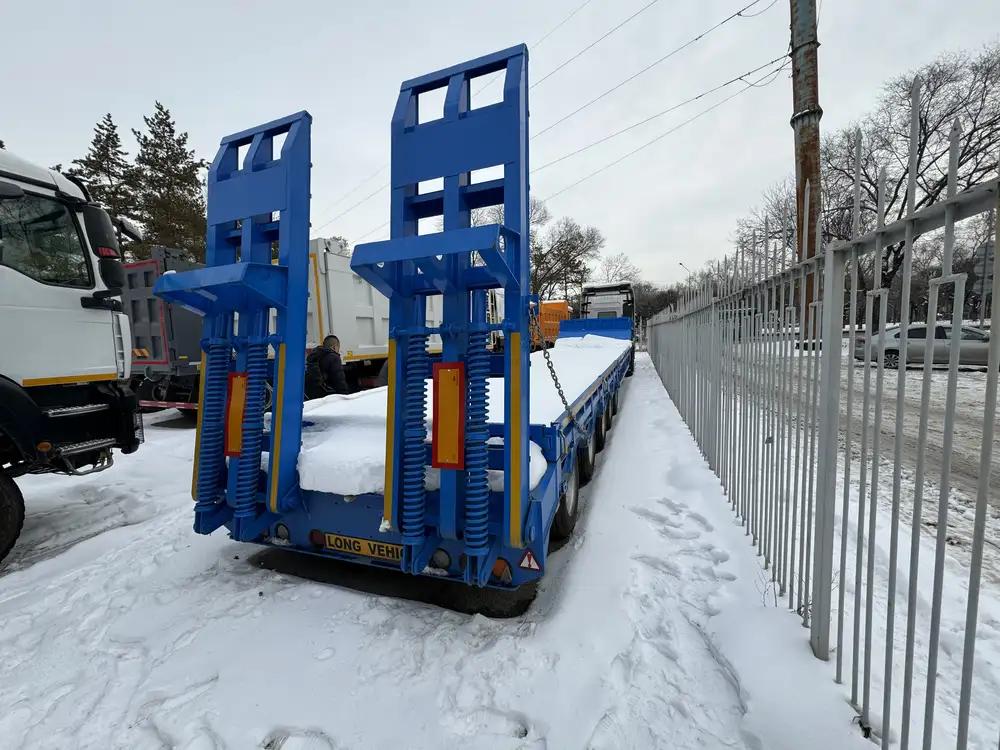
1. Adaptive Cruise Control
Advanced systems increasingly feature adaptive cruise control, which automatically adjusts speeds according to the distance to the vehicle ahead, particularly useful when navigating hills.
2. Stability Control Systems
Implementing electronic stability control systems can enhance a vehicle’s maneuverability and reduce the risk of rollovers or skidding.
Conclusion: Prioritizing Safety When Coasting Downhill
Properly managing a semi-trailer while coasting downhill encompasses a multitude of factors, from understanding the underlying physics to adopting effective safety measures and technology. By effectively balancing the challenges posed by gravity, friction, and external conditions, drivers can ensure a safer, more controlled descent.
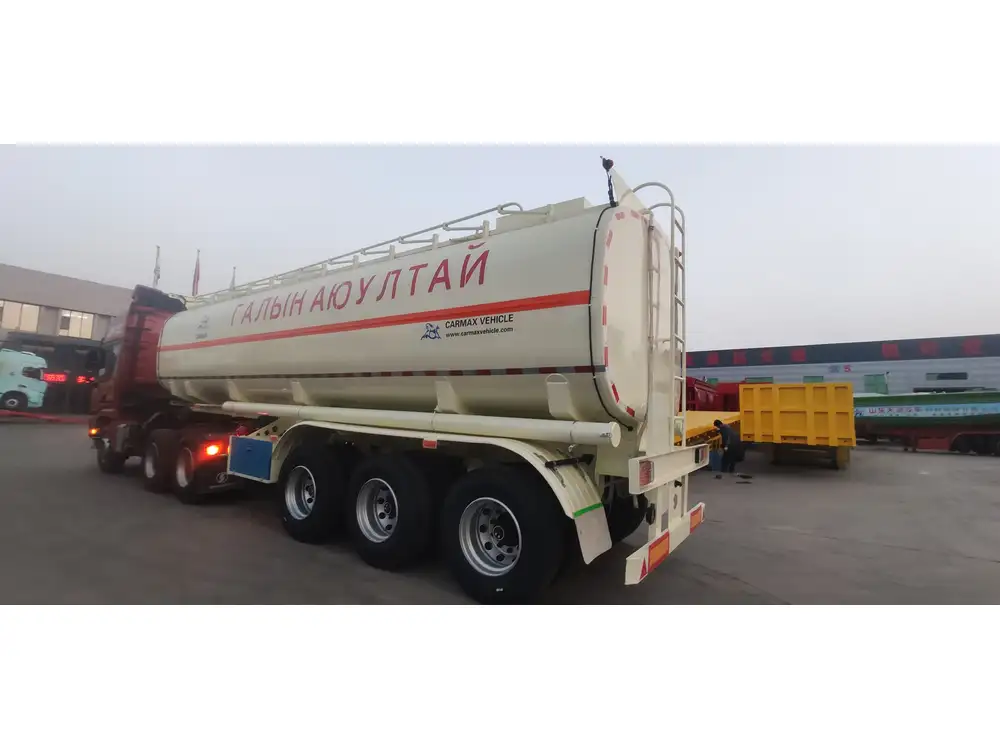
Key Takeaways:
Continuous Learning: Regular training on driving techniques and vehicle maintenance is essential for all drivers.
Utilization of Technology: Embrace modern technology to enhance safety and control during downhill excursions.
Preventive Maintenance: Diligent maintenance practices can prevent breakdowns and ensure reliable vehicle performance.
By adhering to these guidelines, drivers and fleet operators can significantly mitigate the risks associated with coasting downhill, ensuring not just compliance but enhanced safety for all road users.



